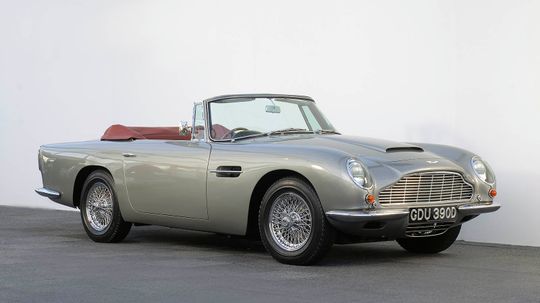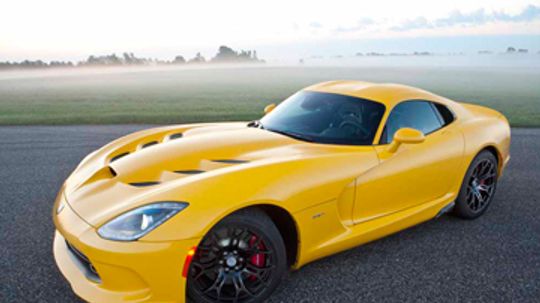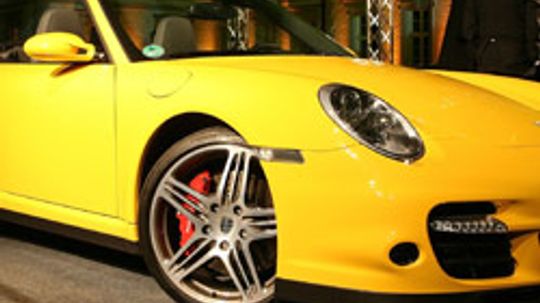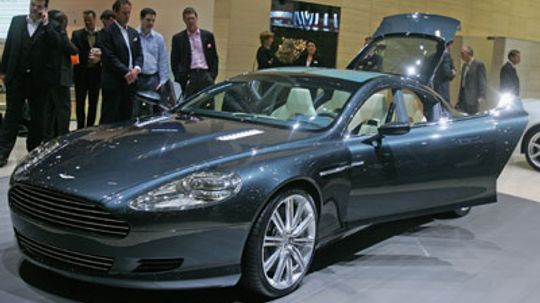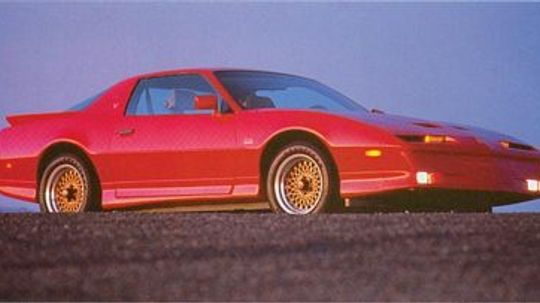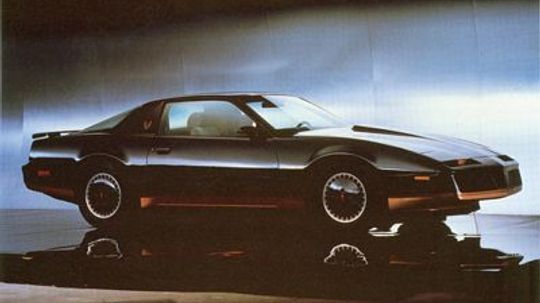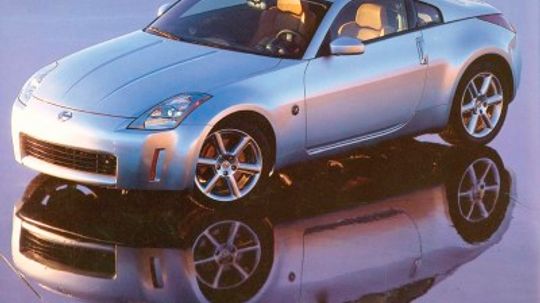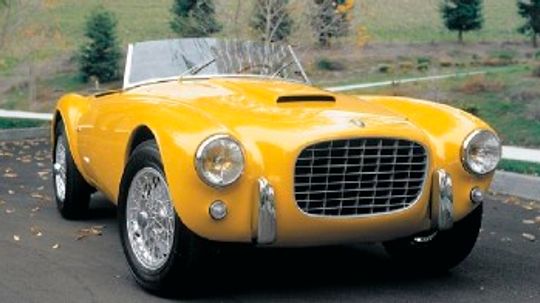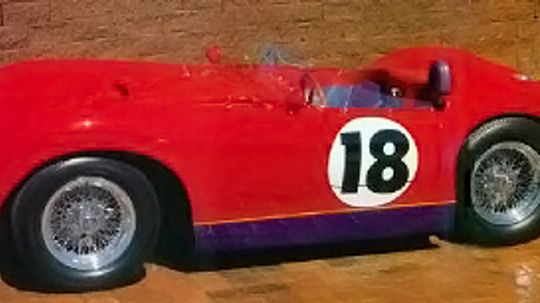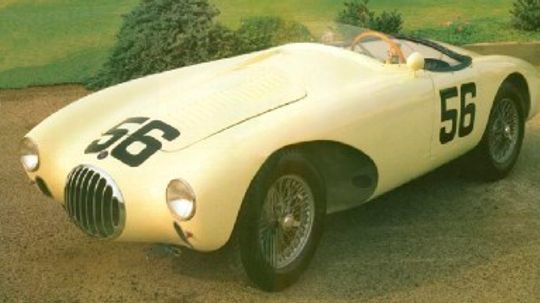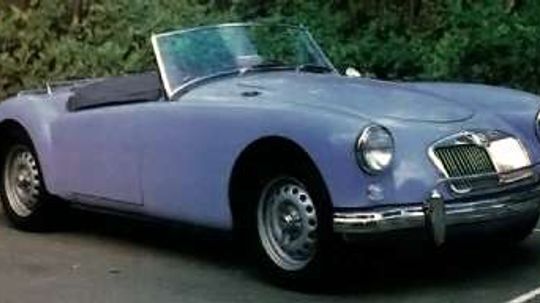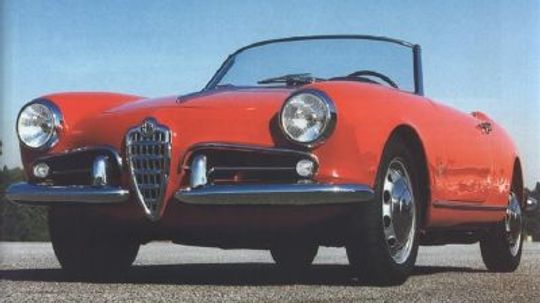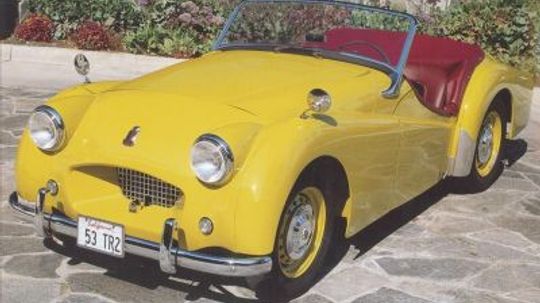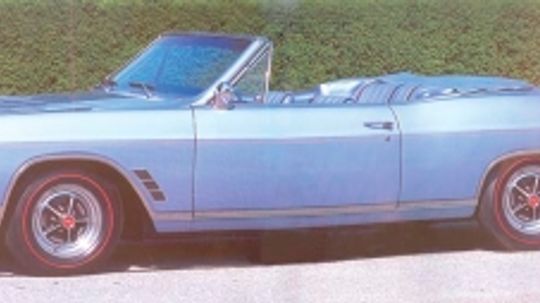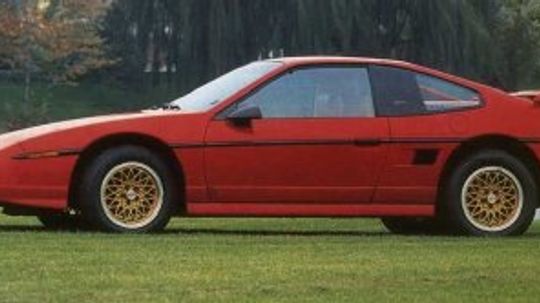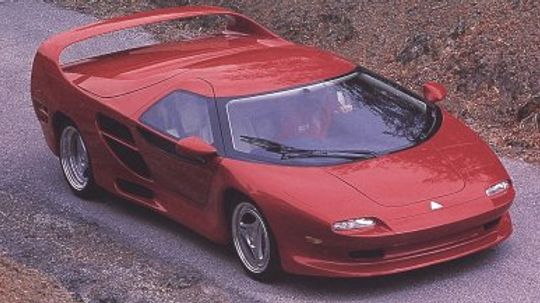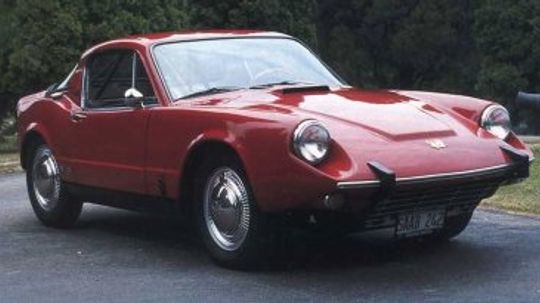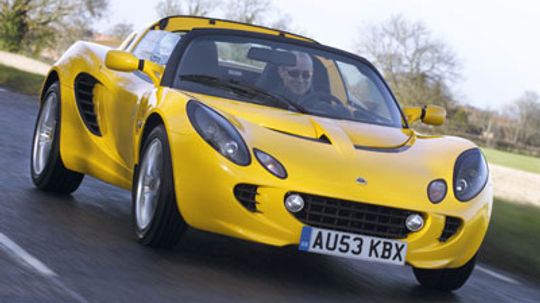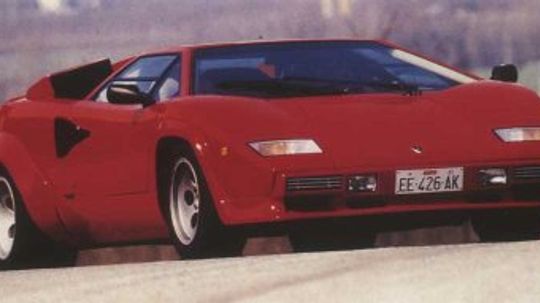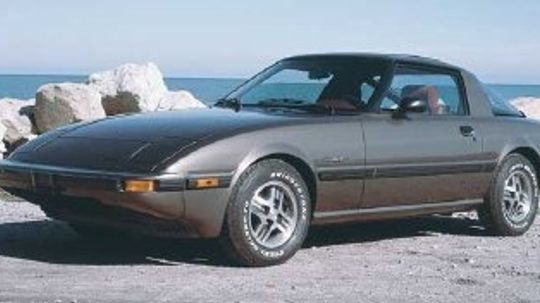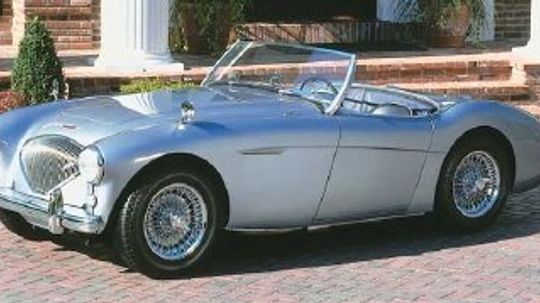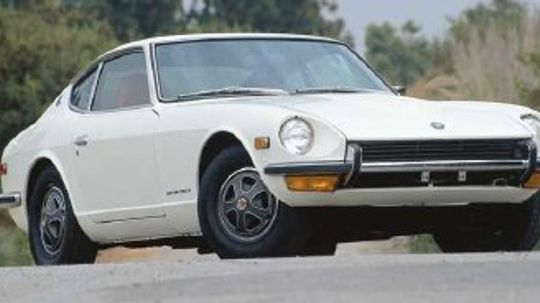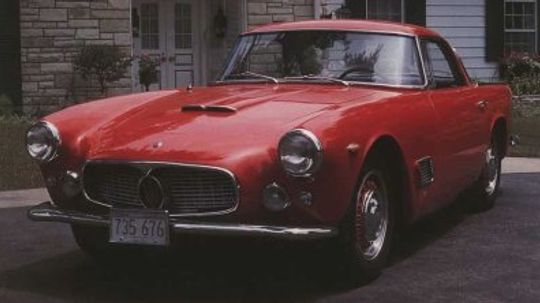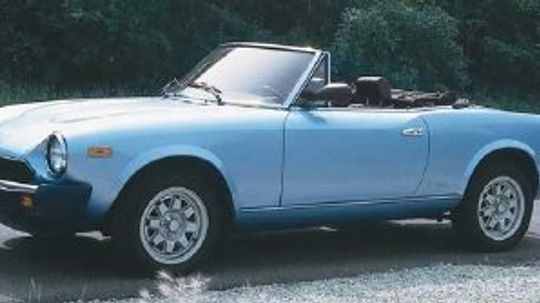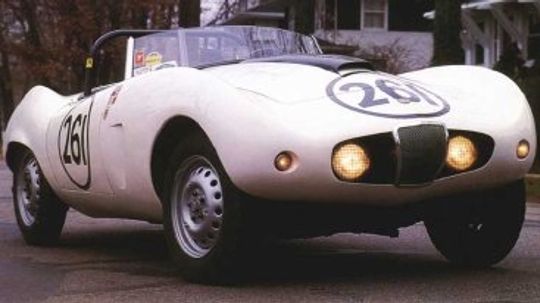Other Sports Car Manufacturers
Learn about other sports car manufacturers and stack up pictures, specifications and history of your favorite models. Explore other sports car manufacturers.
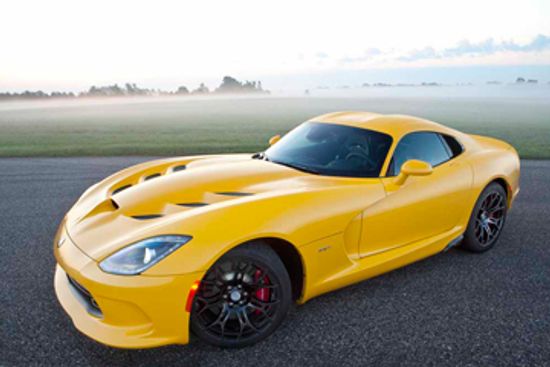
How the 2013 SRT Viper Works
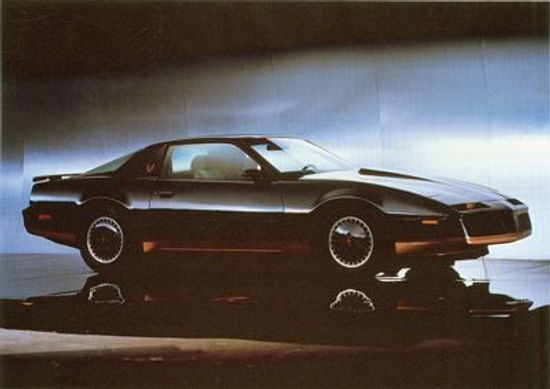
1982 Pontiac Firebird Trans Am
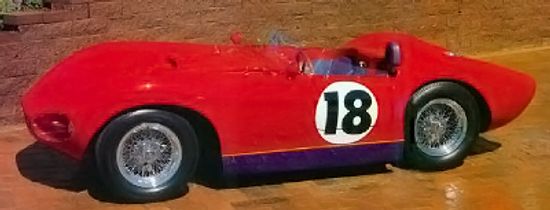
1959 Bocar XP-5
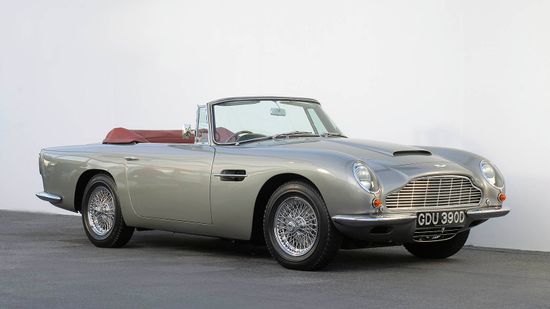
The Aston Martin: From the DB1 to DB7
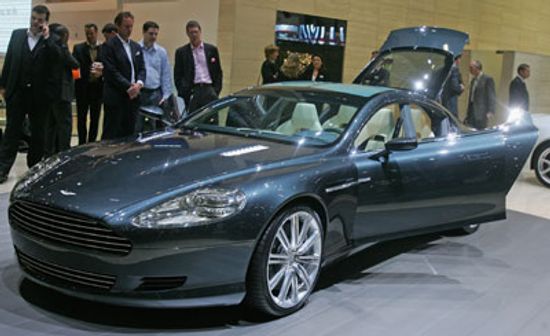
How the Aston Martin Rapide Works
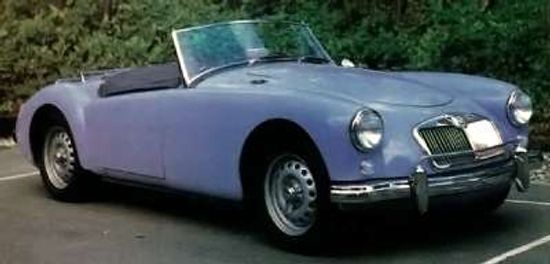
1955-1962 MGA
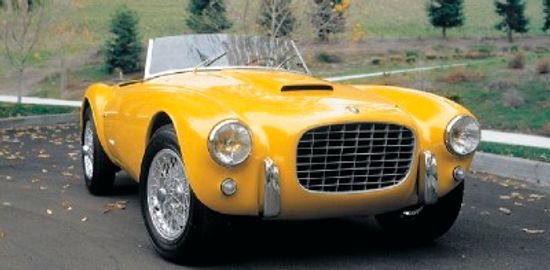
1952 Siata 208S Spyder
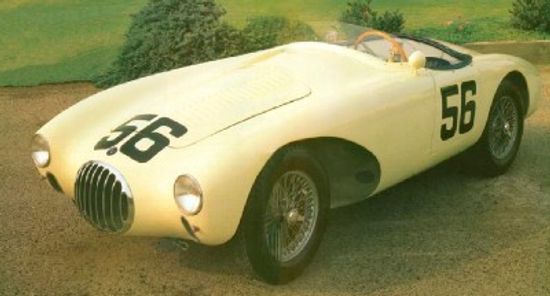
1954 OSCA MT-4 Sports Racer
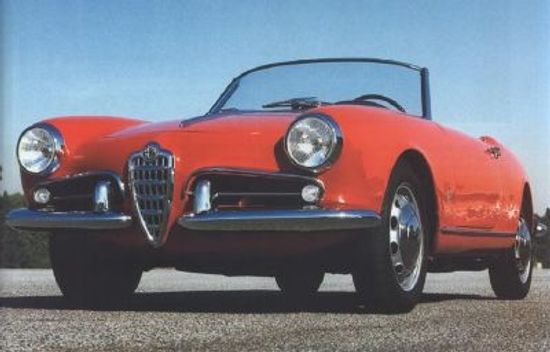
1954-1965 Alfa Romeo Giulietta and Giulia
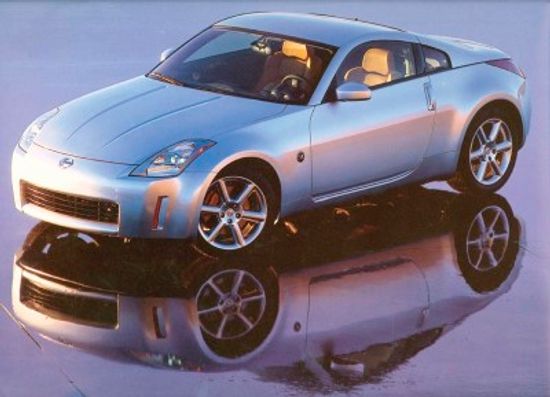
Nissan 350Z Design
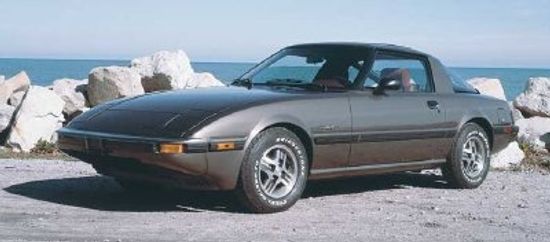
Mazda Sports Cars
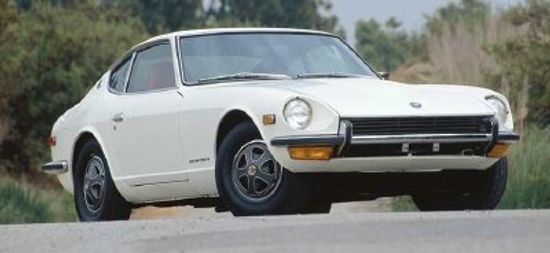
Datsun Sports Cars
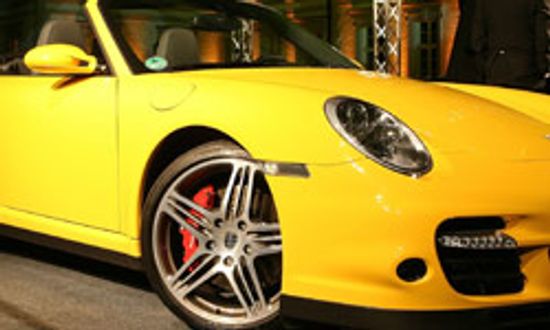
Sports Car Pictures
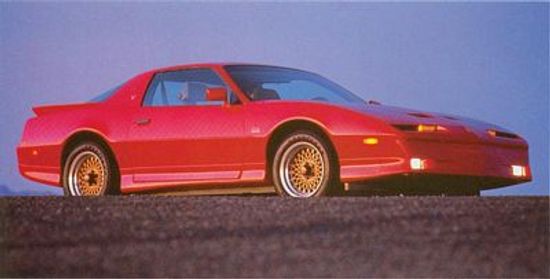
1987 Pontiac Firebird Trans Am GTA
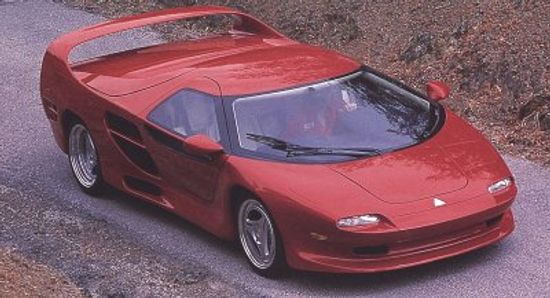
Vector M12
Learn More
Aston Martin is the quintessential British maker of elegant, low-volume performance cars. And some of the carmaker's most beautiful have worn the DB model name.
With a fire-breathing V-10 engine under its hood, the 2013 SRT Viper comes across like Superman in a world of 4-cylinder Clark Kents.
Feeling the need for speed? Get your fix here -- our sports car image gallery features some of the fastest, most powerful models the automotive world has ever known.
Advertisement
With such dedication to the Aston Martin brand, most fans eagerly anticipate any news of an upcoming concept. Although the car is scheduled for production in 2009, Internet bloggers are already frothing at the mouth over the Rapide.
By John Fuller
High-performance aficionados gained a new choice-a beastly, if not nasty, GTA rendition of the long-lived Trans Am. Learn more about the 1987 Pontiac Firebird Trans Am GTA in this article.
Other General Motors vehicles had downsized in the late 1970s, and now it was Firebird's turn, shrinking to a 101-inch wheelbase and losing more than eight inches in overall length. Learn more about the 1982 Pontiac Firebird Trans Am.
The Nissan 350Z was designed to be practical in terms of technology and price. The Nissan 350Z appealed to driving enthusiasts since its introduction as a 2003 model. Learn how Nissan designers and engineers developed the new Nissan Z car.
Advertisement
The 1952 Siata 208S Spyder was a popular choice among race car drivers. Powered by a Fiat 2.0-liter V-8 engine, the Siata was capable of reaching a top speed of 110 mph. Learn more about this little roadster.
The 1959 Bocar XP-5 was created to be the fastest and safest sports car in the world. The XP-5's acceleration would qualify for a near-supercar ranking even today. Learn more about this incredible sports car.
The 1954 OSCA MT-4 sports racer is the world's most famous sports-racing OSCA. Its dual-overhead-cam four displaced just 1-1/2 liters (1,452 cc), and horsepower totaled only 130 at 6,300 rpm. Learn how the 1954 OSCA MT-4 Sports Racer overachieved.
By 1955, the MG-TF had become rather dated. MG enthusiasts the world over clamored for something more modern and faster to keep pace with the new Triumph TR-2. The 1955-1962 MGA was Abingdon's answer. Learn details and history of the 1955-1962 MGA.
Advertisement
Alfa Romeo trained its sights on creating an affordable small sedan in the early 1950s. Read how the temptation to make something livelier and more exciting of the new car resulted in a real jewel, the 1954-1965 Alfa Romeo Giulietta and Giulia.
A humble start is never an absolute impediment to making great cars. Automotive history is rich with admired vehicles made with ingenious use of existing parts and stretching of scarce funds. Read about one example, the 1953 Triumph TR2 Roadster.
The 1965-1967 Buick Gran Sport was a Skylark-based performance option that became available mid-1965. Buick renamed their 401 engine to the 400 which turned out to be a perfect fit for the A-body Skylark. Find out how the Buick Gran Sport stacked up.
Originally planned as a commuter car, the Pontiac Fiero earned a place among sports cars of the '80s. The Fiero was Pontiac's first and only mid-engine two-seater. Learn more about Pontiac sports cars.
Advertisement
Started as a 1970s exotic car the Vector finally came to life under the hands of Lamborghini's parent company. The M12 was powered by a Lamborghini V-12, and featured jack-knife doors and sleek European styling. Learn more about Vector sports cars.
Founded in 1937 to build aircrafts, Saab turned its postwar attention to making reliable luxury and sports cars. Saab decided to try producing sports cars after early models proved quite capable in European road rallies. Learn more about Saab sports cars.
Lotus, founded by Britain's Colin Chapman, makes some of the finest sports cars in the world. Lotus began small, and remains so to this day. Learn about the evolution of Lotus sports cars.
To some, Lamborghini sports cars are the “other Italians,†fated to exist in the shadow of glamorous Ferrari. But in this article, you will learn that Lamborghini sports cars had their own identity, and on occasion even influenced Ferrari.
Advertisement
Mazda sports cars include two models beloved by fans: the Mazda RX-7 and the Mazda Miata MX-5. The sports cars were known for their performance, reliability, and affordable price. Learn about Mazda and Mazda sports cars.
Austin-Healeys were popular sports cars from the 1950s until the mid-1960s. The attractive looks and affordable price of the Austin-Healey sports cars made them popular on both sides of the Atlantic. Learn about various models.
Nissan's earliest car the 1914 DAT eventually led to the Datson, and in 1934, the name Datsun. This sporty offering gave the company a whole new look and feel. Learn about the Datsun line of sports cars.
Maserati made the transition from competition cars to luxury personal vehicles after World War II. The Maseratis were among the fastest, most technically advanced, and most beautiful sporting machines of their age. Learn more about Maserati sports cars.
Advertisement
In the 1950s, Fiat got into the sports-car business with roaring success with models like the 1200 and 124 Sport Spider. Eventually, however, Fiat had to pull out of the sports-car game. Learn about Fiat sports cars.
Arnolt-Bristol was built from S.H. Arnolt's idea of a hybrid using the British Bristol chassis. It was designed for weekend competition duty and fitted out accordingly. Learn about the Arnolt-Bristol sports car.
